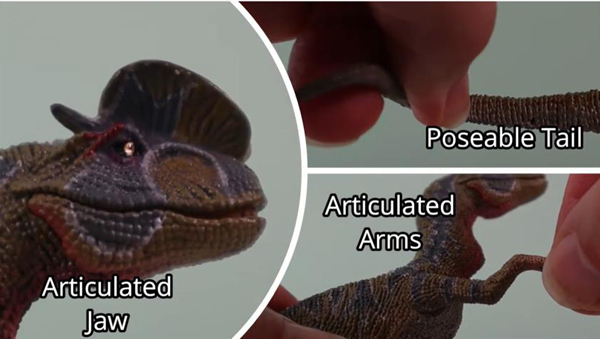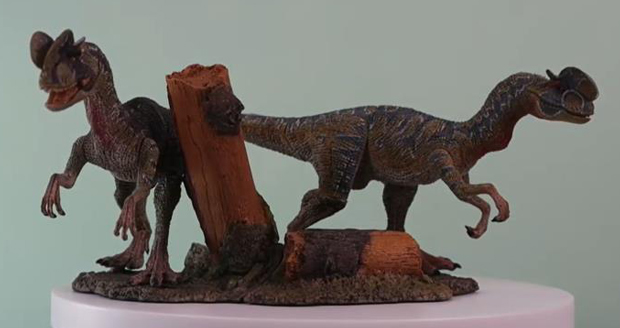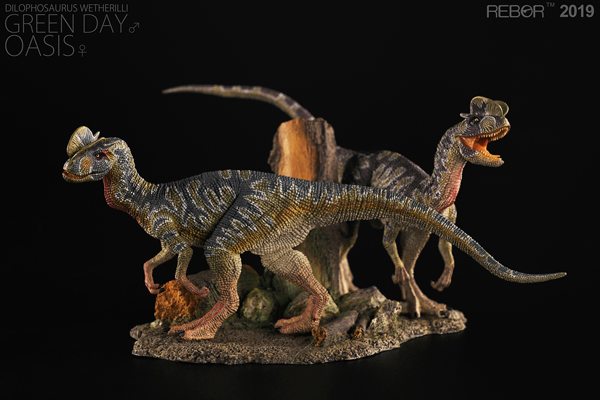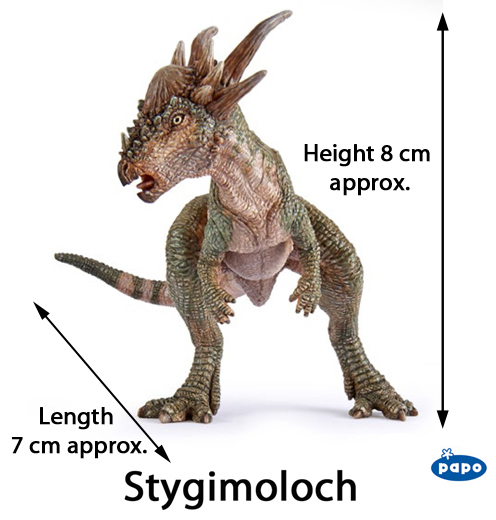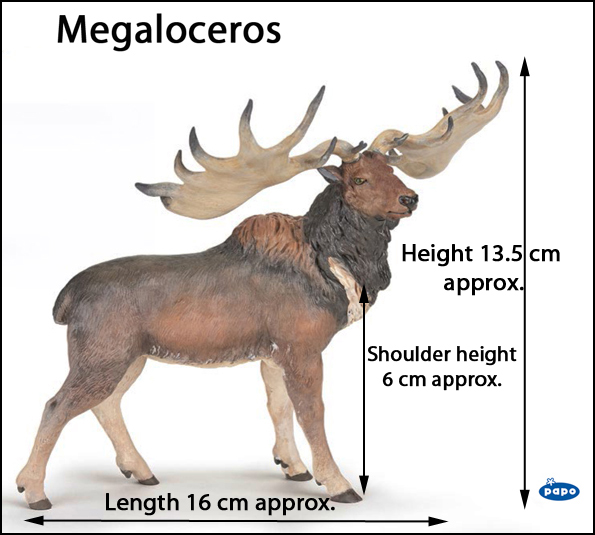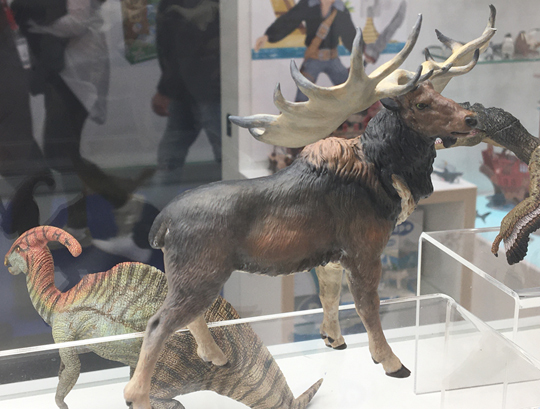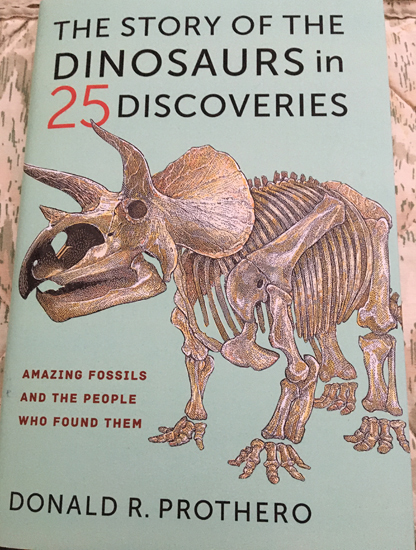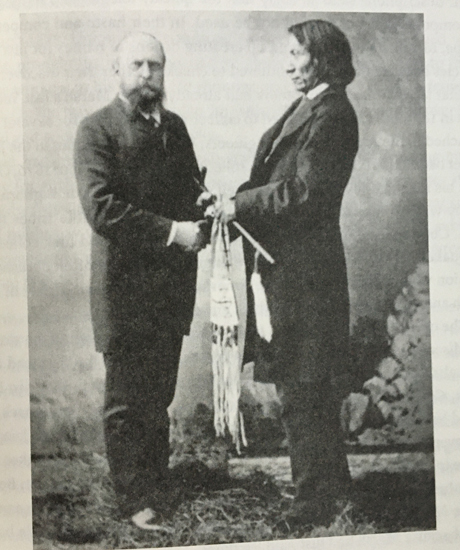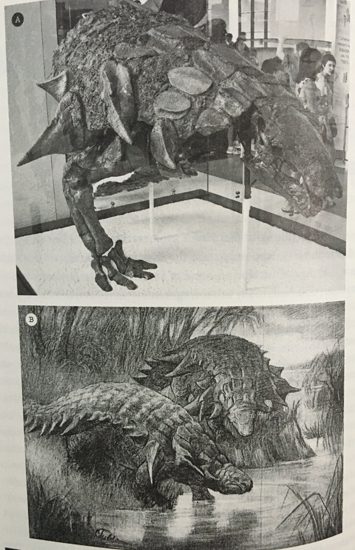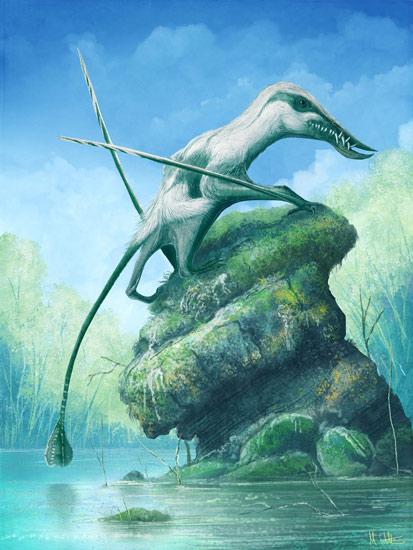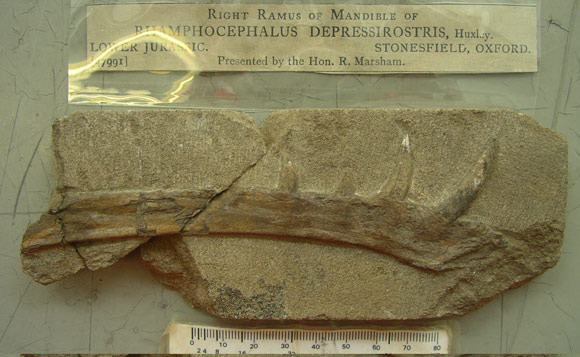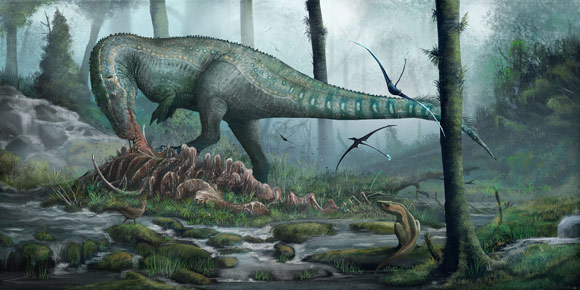Deciding on the Scale for a Prehistoric Animal Model
Deciding on the Scale for a Prehistoric Animal Model
Here is our eagerly awaited YouTube video which explains how the scale for a dinosaur model is decided. We look at the pros and cons of the 1:40 scale declaration for dinosaur models. Determining the scale for any given prehistoric animal model can be tricky and our video helps to illustrate some of the factors that need to be considered. Tyrannosaurus rex, Edmontosaurus, Ankylosaurus, Megalosaurus and lots of other prehistoric animal figures are featured.
Determining the Scale for a Prehistoric Animal Model
Video credit: Everything Dinosaur
Outlining the Pitfalls when it comes to Dinosaur Scale Models
In our video, (it lasts 12 minutes), we explain some of the difficulties that manufacturers have when it comes to determining the declared scale size for a dinosaur model. We illustrate this point using the CollectA 1:40 scale roaring feathered T. rex figure and compare it to the much smaller, but still in the declared 1/40th scale, Natural History T. rex replica.
Everything Dinosaur’s YouTube Video Compares Two Popular Dinosaur Models
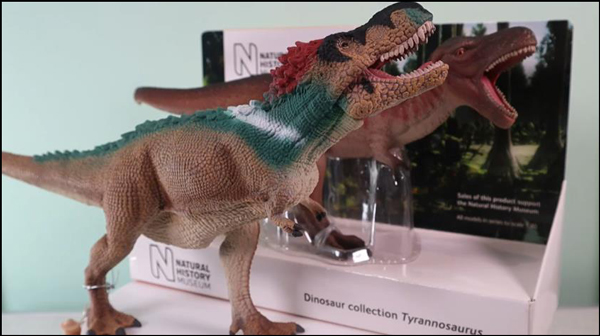
Picture credit: Everything Dinosaur
Visit the Everything Dinosaur website: Everything Dinosaur.
The CollectA roaring, feathered T. rex figure measures around 34 cm long, whilst the Natural History Museum model, also in the declared 1:40 scale size, is actually smaller, measuring about 26 cm in length. Our video explains some of the problems that can occur when deciding on a scale model size for any particular prehistoric animal and outlines some of the decisions taken by model makers when it comes to deciding the appropriate scale for a figure.
Most Dinosaurs are Only Known from Fragmentary Remains
Although amazing dinosaur skeletons and exhibits adorn the halls of museums all over the world, the majority of the Dinosauria have been scientifically described from limited fossil remains, often fragmentary specimens representing a single individual. Estimating the adult size of a dinosaur based on this evidence is challenging. Even in those genera where palaeontologists have a relative abundance of fossils to study, problems over determining the maximum possible size for a given species can occur.
Allosaurus and Stegosaurus are Well-known Dinosaurs with Numerous Fossil Specimens to Study
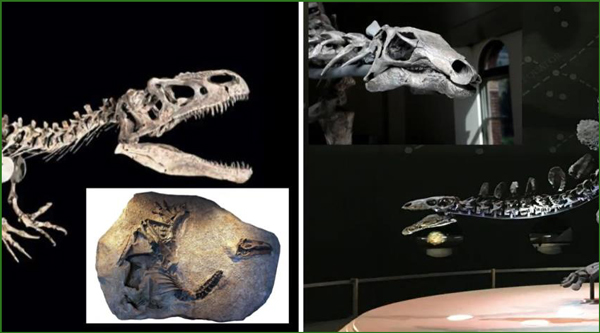
Picture credit: Everything Dinosaur
Indeterminate Growth Complicates the Issue
Non-avian dinosaurs, as members of the Class Reptilia may have exhibited a biological phenomenon called “indeterminate growth”. When a dinosaur reached adult size, its growth slowed down but it did not stop. A section of our video explains the impact of indeterminate growth when it comes to determining the size of any dinosaur scale model.
For Example:
A sauropod reaches an adult size of 12 metres long, but it goes on to live for a further sixty years and over that time it grows at an average of just ten centimetres per year. By the time it dies some six decades later, it is 60 x 10 cm longer (six metres) with a total body length of 18 metres. It is fifty percent longer than when it first reached adult size.
The Effect of Indeterminate Growth on Dinosaur Body Size
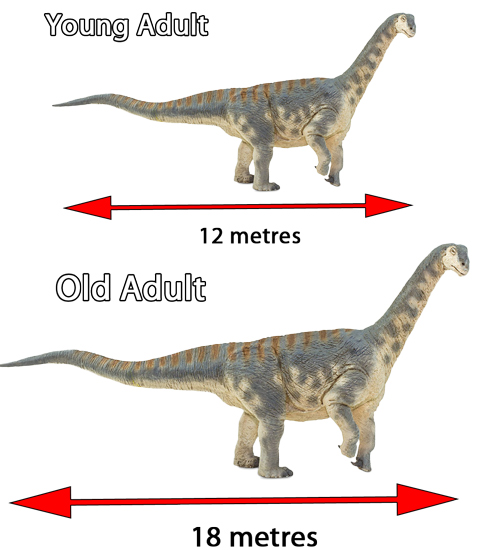
Picture credit: Everything Dinosaur
Everything Dinosaur’s examination of how scale sizes for prehistoric animals is calculated is just one of over 170 different videos on the company’s YouTube channel.
For dinosaur and prehistoric animal related videos and reviews: Subscribe to Everything Dinosaur on YouTube.


